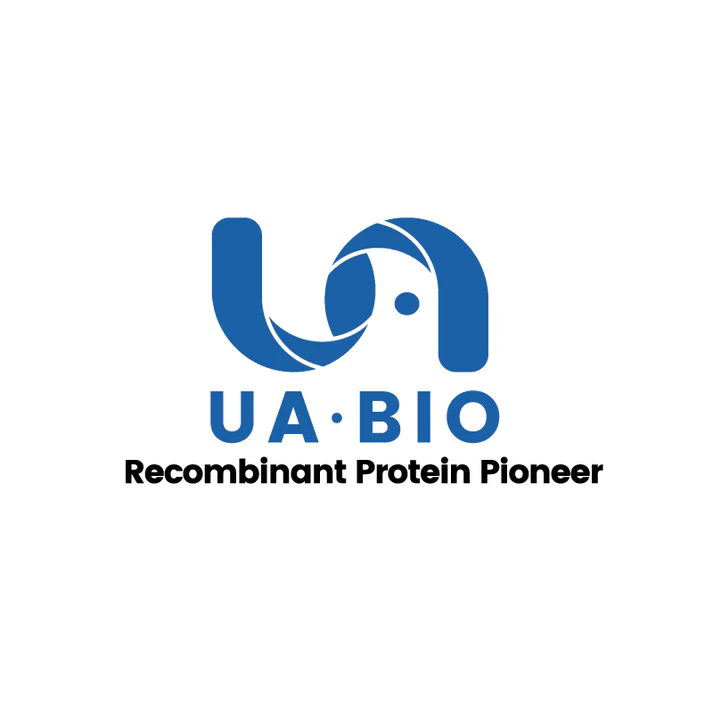1μg (R: reducing condition, N: non-reducing condition).
Product Details
Product Details
Product Specification
| Species | Human |
| Synonyms | Calgranulin-A; Cystic fibrosis antigen; Leukocyte L1 complex light chain; MRP-8 |
| Accession | P05109 |
| Amino Acid Sequence | Met1-Glu93 MLTELEKALNSIIDVYHKYSLIKGNFHAVYRDDLKKLLETECPQYIRKKGADVWFKELDINTDGAVNFQEFLILVIKMGVAAHKKSHEESHKE |
| Expression System | E.coli |
| Molecular Weight | 12kDa (Reducing) |
| Purity | >95% by SDS-PAGE |
| Endotoxin | <0.1EU/μg |
| Conjugation | Unconjugated |
| Tag | No Tag |
| Physical Appearance | Lyophilized Powder |
| Storage Buffer | pH7.5,20mMTris,300mM NaCl |
| Reconstitution | Reconstitute at 0.1-1 mg/ml according to the size in ultrapure water after rapid centrifugation. |
| Stability & Storage |
· 12 months from date of receipt, lyophilized powder stored at -20 to -80℃. · 3 months, -20 to -80℃ under sterile conditions after reconstitution. · 1 week, 2 to 8℃ under sterile conditions after reconstitution. · Please avoid repeated freeze-thaw cycles. |
| Reference | 1. . and Anna L Gharibyan (2012) Int J Mol Sci. 13(3):2893-2917 |
Background
S100A8 protein became the focus of intensive current research due to their association with numerous human disorders, including acute and chronic inflammatory conditions, autoimmune diseases, cancer, atherosclerosis, cardiomyopathies and neurodegenerative diseases, as well as due to their crucial roles in normal physiological processes within cells. S100A8 belongs to the family of low molecular weight S100 proteins (10–13 kDa) comprising 22 members to date and representing the largest subfamily of the EF-hand Ca2+-binding proteins. All S100 proteins share conserved structural motifs of two EF-hand Ca2+-binding domains connected by a variable hinge region that often confer biological activity. The tendency to form homodimers is common to all S100 proteins, including S100A8 and S100A9, with one exception—calbindin D9k is monomeric. Some members of the S100 protein family are also able to form heterodimers as observed f.e. for S100A8 and S100A9 or S100A1 and S100P, which suggests different functions for homo- and heterodimers.
Picture
Picture
SDS-PAGE
ELISA
Measured in a cell proliferation assay using L-929 mouse fibrosarcoma cells, the EC50 for this effect is less than 0.1ng/ml.


